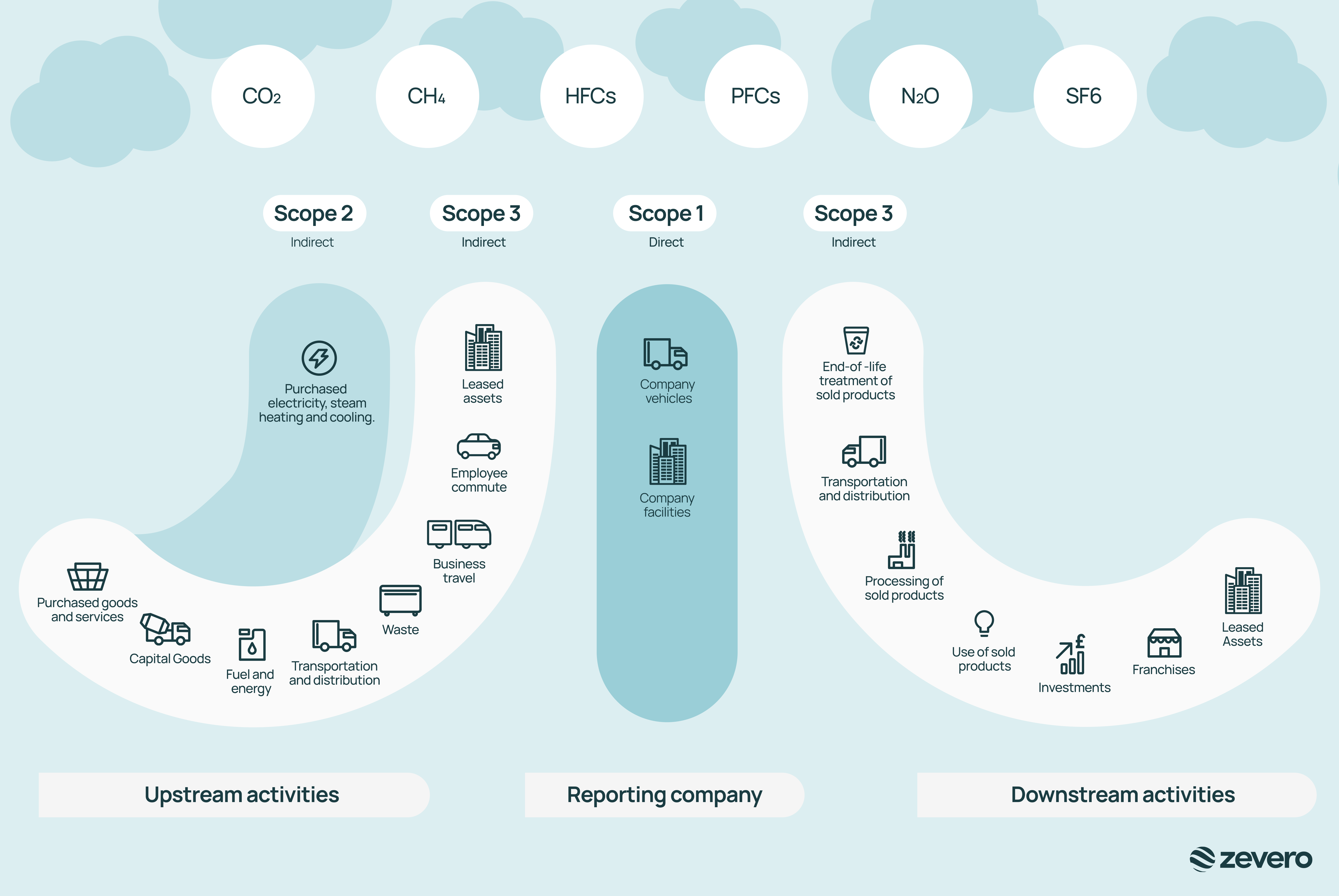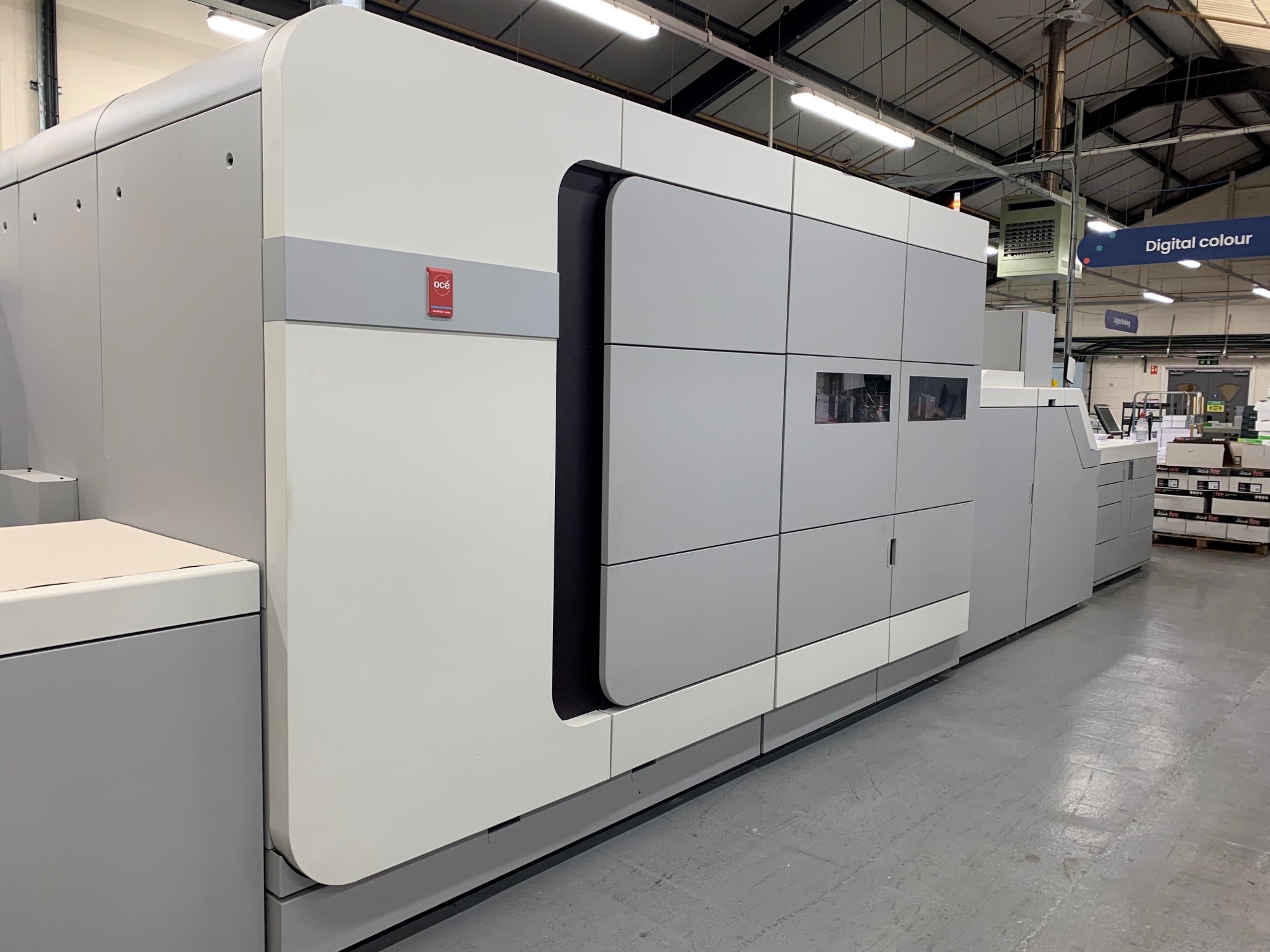Greenhouse Gases (GHGs)
Light from the sun hits and warms the earth. The earth then re-emits some of that warmth as infrared radiation.
Just like a greenhouse in a garden keeps the sun's warmth contained, the greenhouse gases in our atmosphere absorb the infrared light and become warmer. This warming atmosphere creates changes in our environment and the warmer the temperature, the more severe the changes.
Carbon dioxide is the most well-known greenhouse gas as it makes up over three quarters of our greenhouse gas causing emissions, but there are several others including methane and nitrous oxide.



